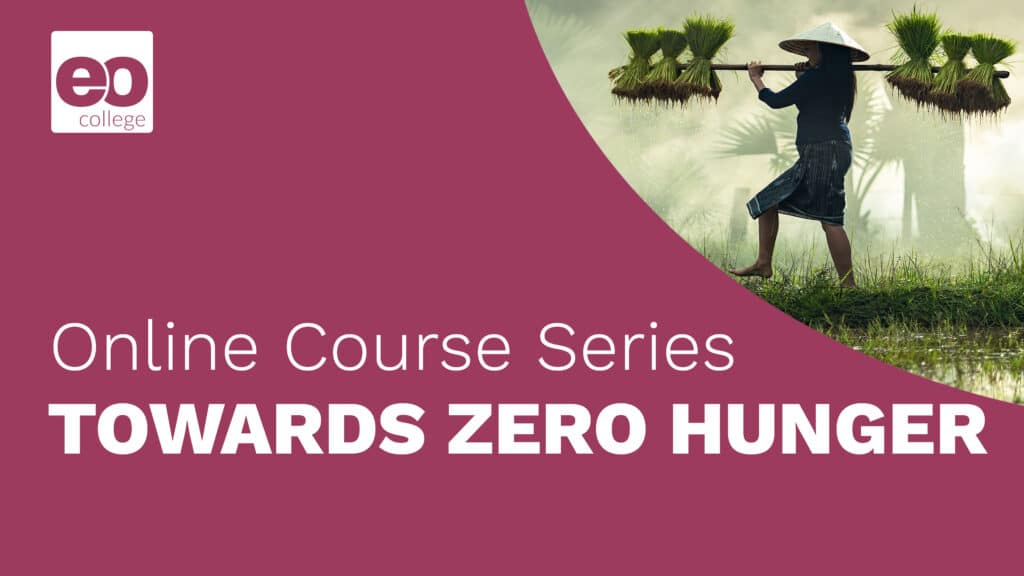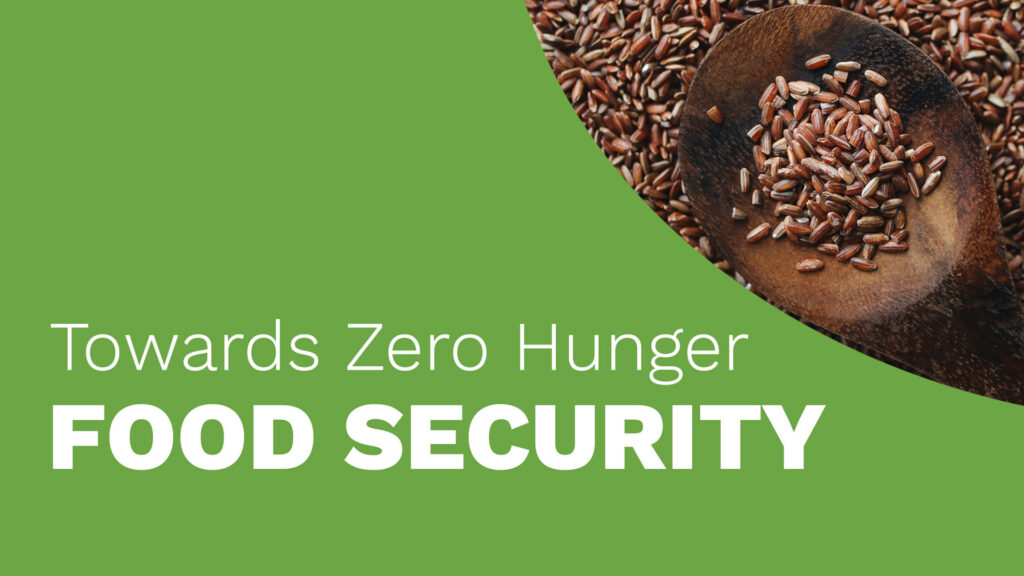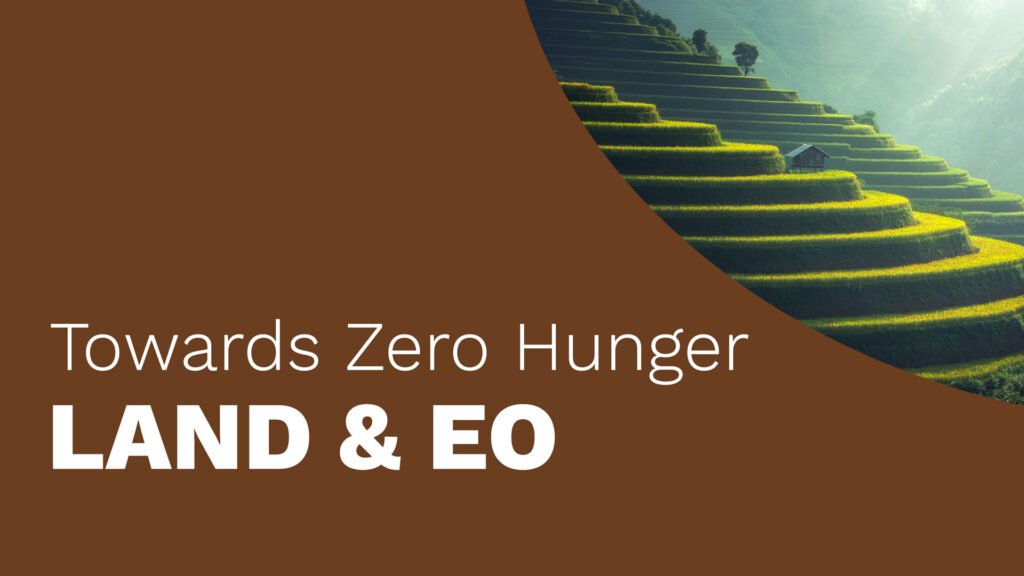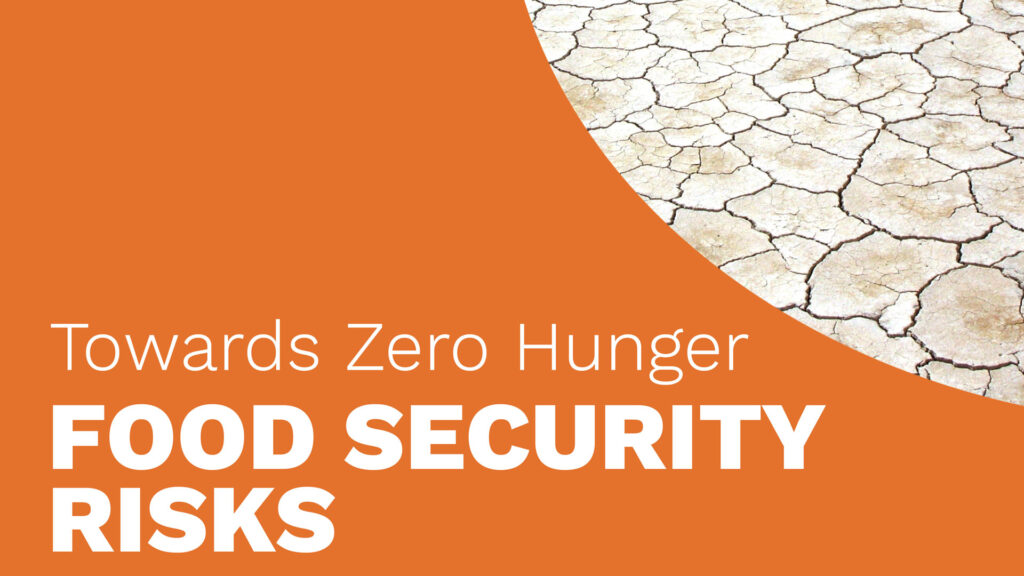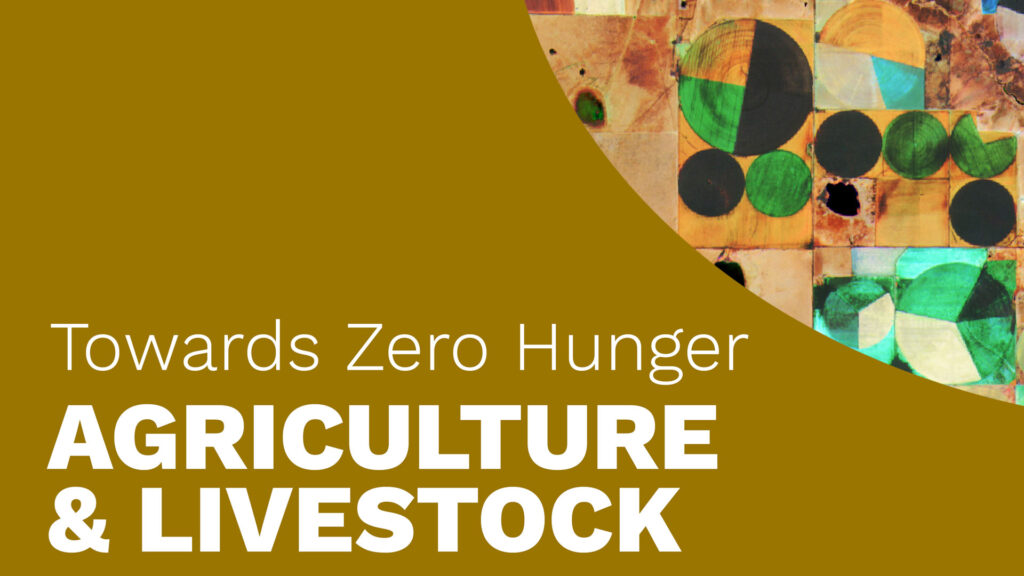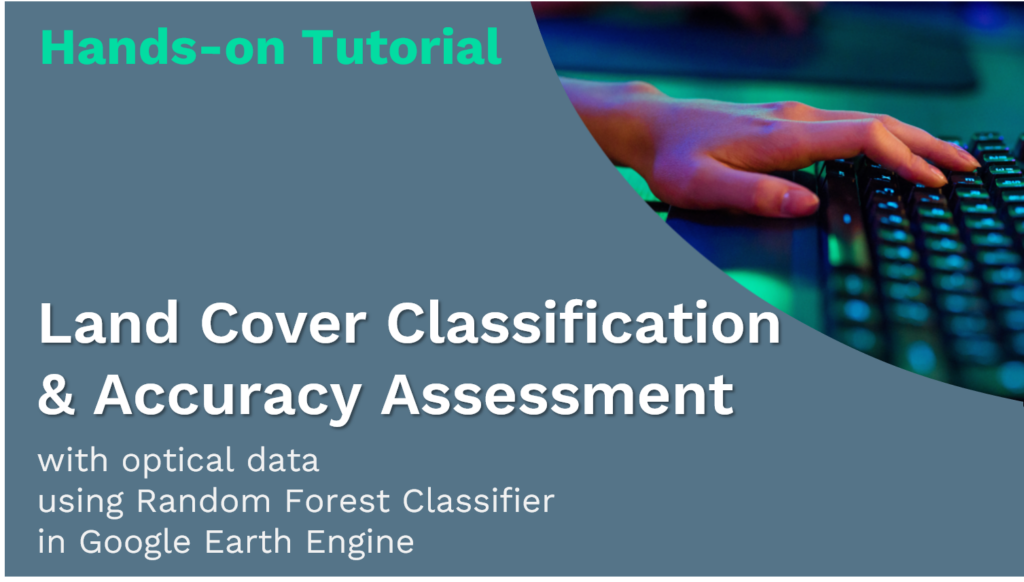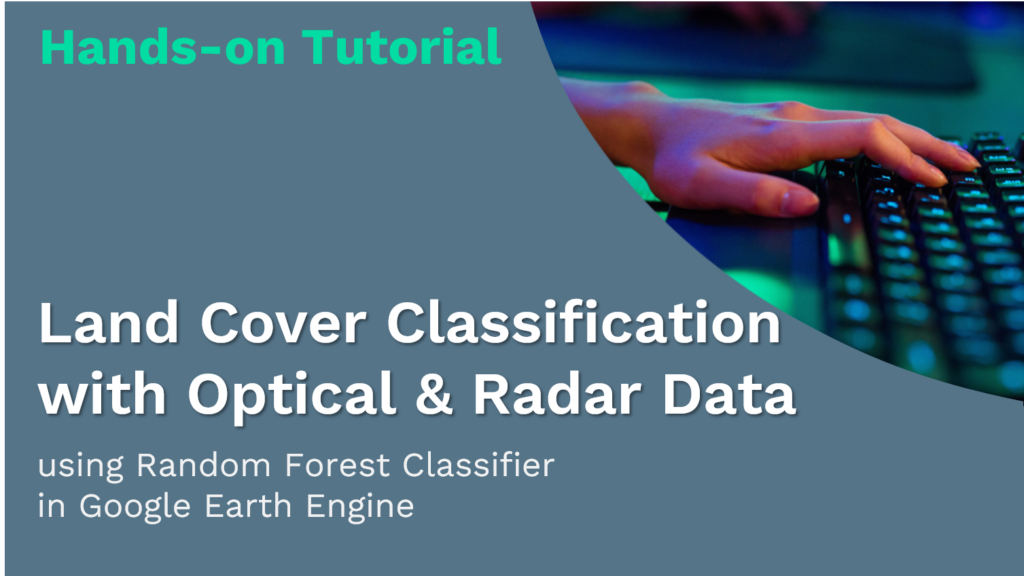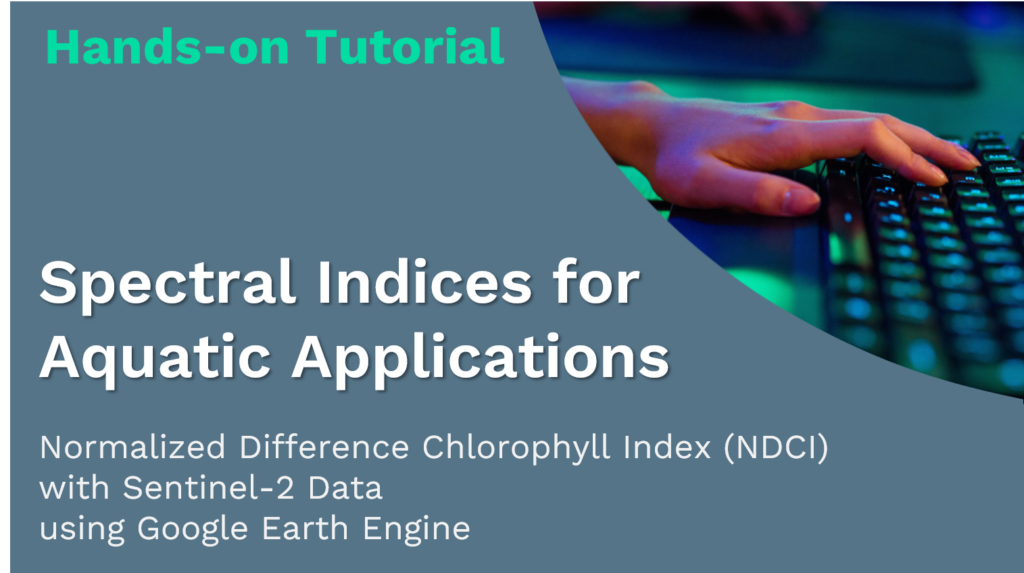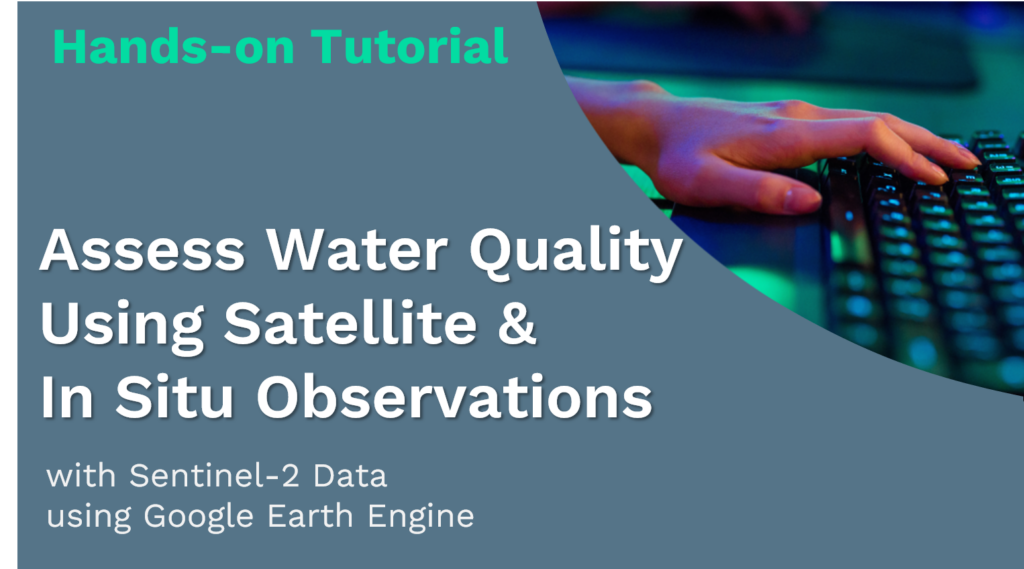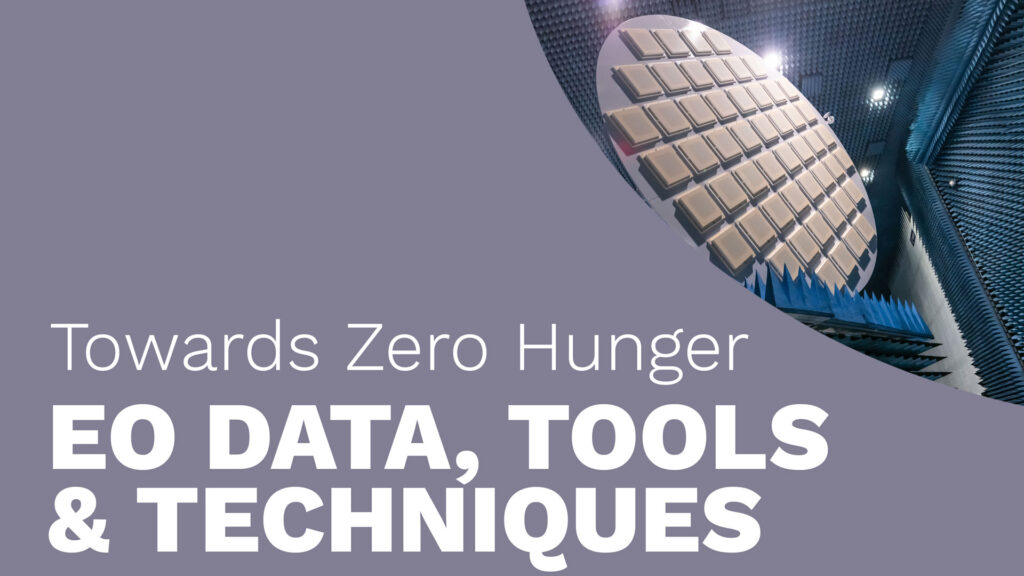Drought Monitoring using Soil Moisture Anomalies
with Copernicus Climate Change Service Data
in Jupyter-Notebook
This hands-on tutorial is part of a series of online learning materials.
Towards Zero Hunger will give you insights into the potential of remote sensing technologies to support the United Nations’ Sustainable Development Goal 2: Zero Hunger.
In this tutorial, you’ll gain insights into analyzing data from the Copernicus Climate Change Service (C3S) using Jupyter notebooks. The tutorial integrates data from multiple passive sensors to study climate-related variables. You will begin by calculating anomalies for a specific location in Italy, followed by an evaluation of quality metrics such as mapped quantiles and Z-Scores. Additionally, you’ll learn to compute indices like the Soil Moisture Percentage Index (SMAPI) and the Standardized Precipitation Index (SPI), equipping you with practical skills in climate data analysis and anomaly detection for environmental monitoring.

SDG 2: Zero Hunger Relevance
Drought monitoring is vital for achieving SDG 2: Zero Hunger as it directly affects food security and agricultural sustainability. By detecting droughts early, farmers and policymakers can take actions like water management, selecting drought-resistant crops, and mitigating crop losses. This ensures consistent food production and reduces the risk of food shortages. Additionally, drought monitoring supports agricultural insurance and helps plan for food distribution, contributing to resilience in food systems and aiding efforts to eliminate hunger, especially in drought-prone regions.
Explore below the SDG 2: Zero Hunger relevance of applications related to
- Crop & Grazing Land Monitoring – Agriculture & Livestock
- Forest & Water Monitoring – Forestry & Agroforestry – Fishery & Aquaculture
- Environmental Monitoring – Agriculture & Livestock – Forestry & Agroforestry – Fishery & Aquaculture
Source Tutorial
This tutorial is part of the 11th ESA Advanced Training Course on Land Remote Sensing. Original creators: Wouter Dorigo, Wolfgang Preimesberger, Mariette Vreugdenhil
The original content can be found at:
11th ESA Advanced Training Course on Land Remote Sensing with the focus on Agriculture and Water 2022
Day 4, Drought Monitoring
Note that there are some updates in the version provided here.
Credit
This topic was created with the help of learning materials that were kindly provided by:
- 11th ESA Advanced Training Course on Land Remote Sensing 2022. Wouter Dorigo, Wolfgang Preimesberger, Mariette Vreugdenhil (2022). Drought Monitoring, https://landtraining2022.esa.int/
About Instructor



